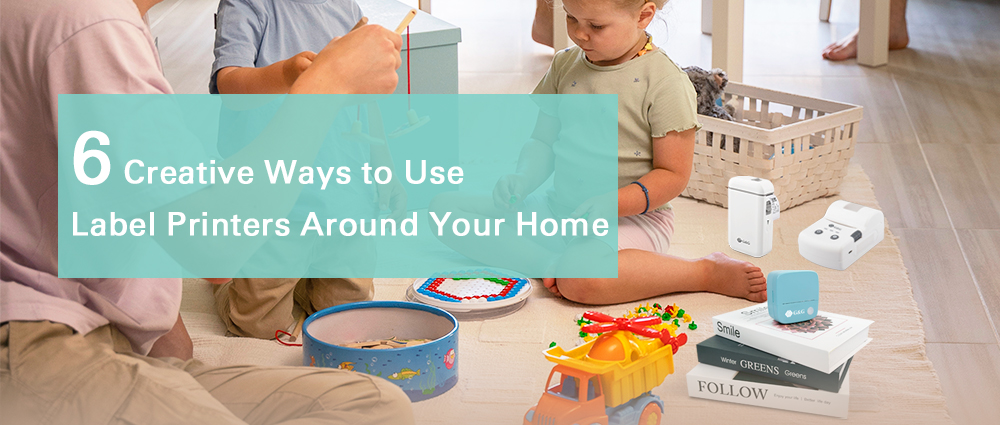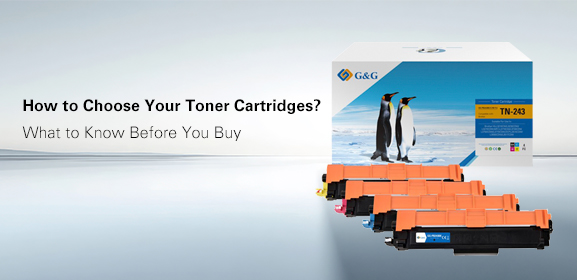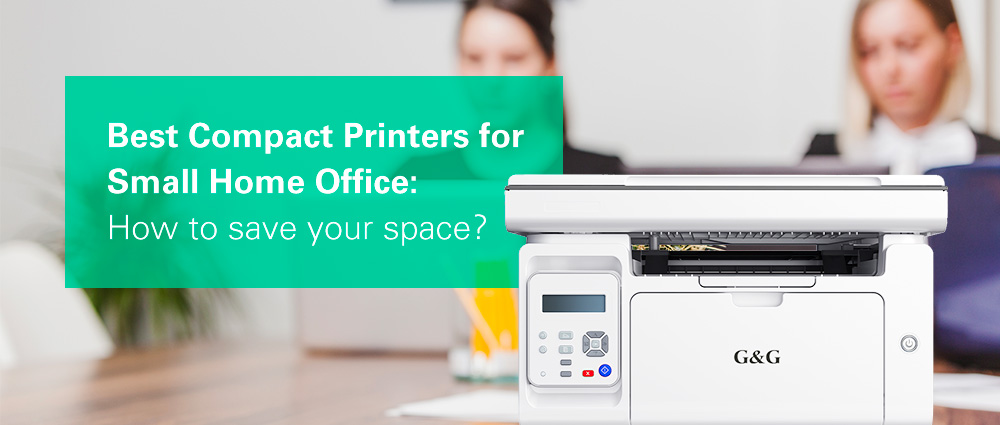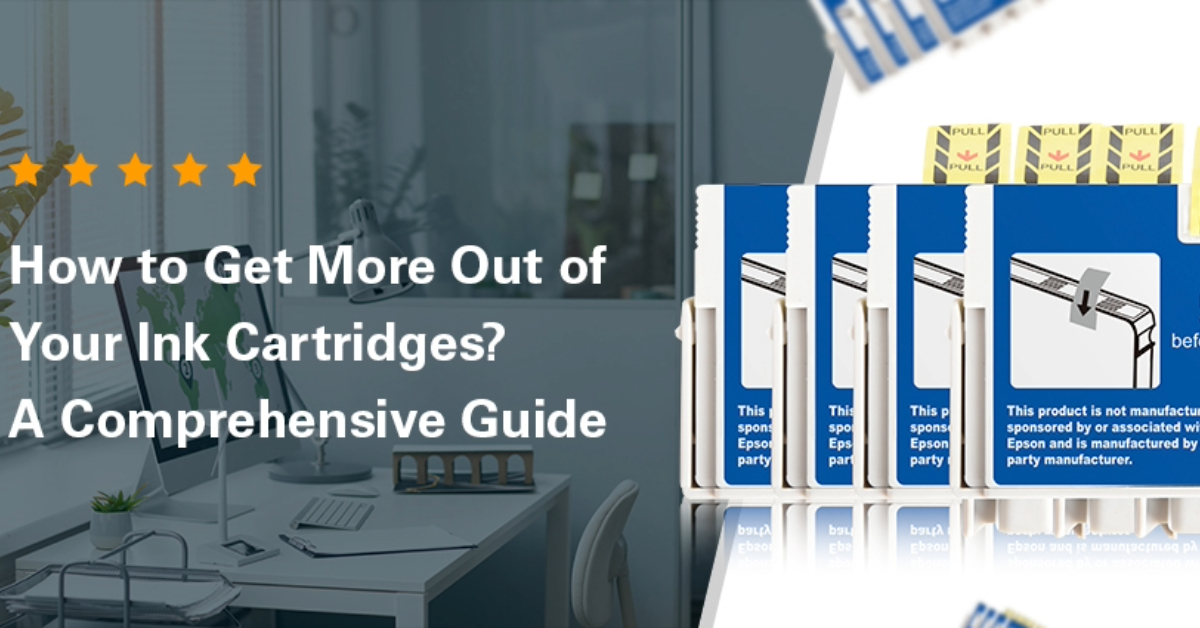-
Consumables
- Printers
- Industries
- Innovation
-
Partners
G&G Partner ProgramCo-Innovating Tomorrow Read More >
- About Us
-
Contact Us
Want your prints to look sharp and professional? The secret starts with picking the right paper. This guide breaks down paper sizes, types, and tips to match your needs. Learn how simple choices can make your prints stand out.
Printer paper sizes change based on project needs. Print staff papers like A4 or Letter work for daily tasks, but special projects need different types. For example, transparent printer paper works well for design overlays, and stock paper for printing at paper house print shops is good for party invitations.
Clear paper makes packaging models look professional, and heavy paper keeps brochures durable. So, always check if your printer can handle unusual sizes to prevent paper jams and get clean prints.
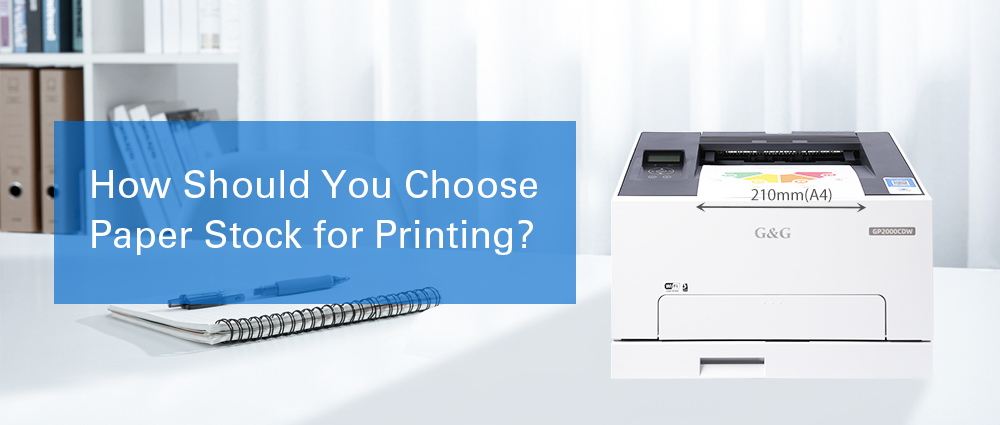
The standard printer paper size depends on your region and purpose—in North America, Letter size is common for daily printing and A4 is used worldwide.
At G&G Printing Support, we advise matching your paper stock for printing to your project: thicker 80–100 lb. paper works best for business cards, glossy finishes suit photo prints, and regular 20 lb. paper handles office documents, but you need to upgrade to 110 lb. cardstock for wedding invitations to make them stand out.
Always check your printer’s specs first because wrong paper weights or textures can cause jams and ruin your prints.
Regular printer paper usually means Letter or A4 sheets, but "regular" doesn’t work for everything. For creative projects, try hard paper for printing like 120 gsm cardstock for DIY cards or linen-textured paper for art prints.
Normal printer paper works for everyday printing, while special paper like matte-coated sheets makes books look professional. If you want to print a cookbook, you can use glossy paper for photos and plain paper for recipe pages. Always choose paper that fits your project’s needs and looks good too.
Choosing thermal paper or colored paper depends on your needs. Thermal paper works best for receipts and labels because it uses heat, not ink, to print smudge-free text—pair it with a G&G laser printer for sharp barcodes. Conversely, colored printer paper is better for creative projects: try iron on printer paper for custom T-shirts or soft-colored sheets for wedding programs.
Thermal paper saves time, while colored or special papers make designs look and feel premium. If you want to create eye-catching packaging tags, you can combine thermal labels with colored cardstock.
Always test your paper with your printer first. This works for both portable G&G laser printers and large factory printers.
Check three things: how see-through the paper is, its surface feel, and eco-friendliness. Match the size and thickness, and your prints will look pro and impress people.
